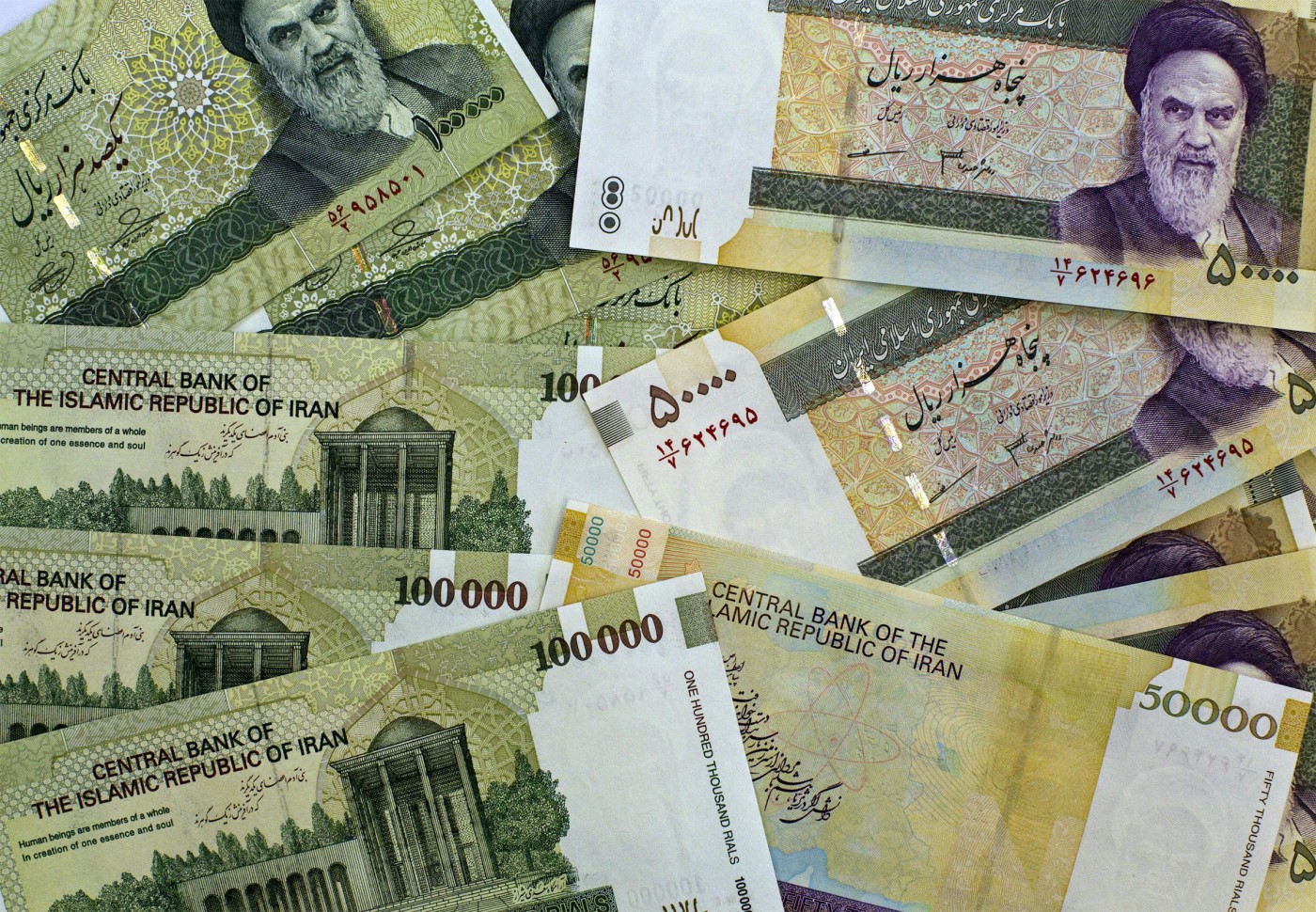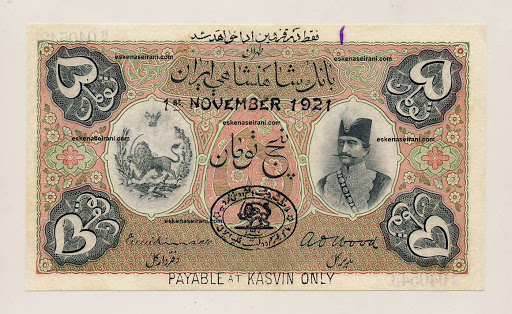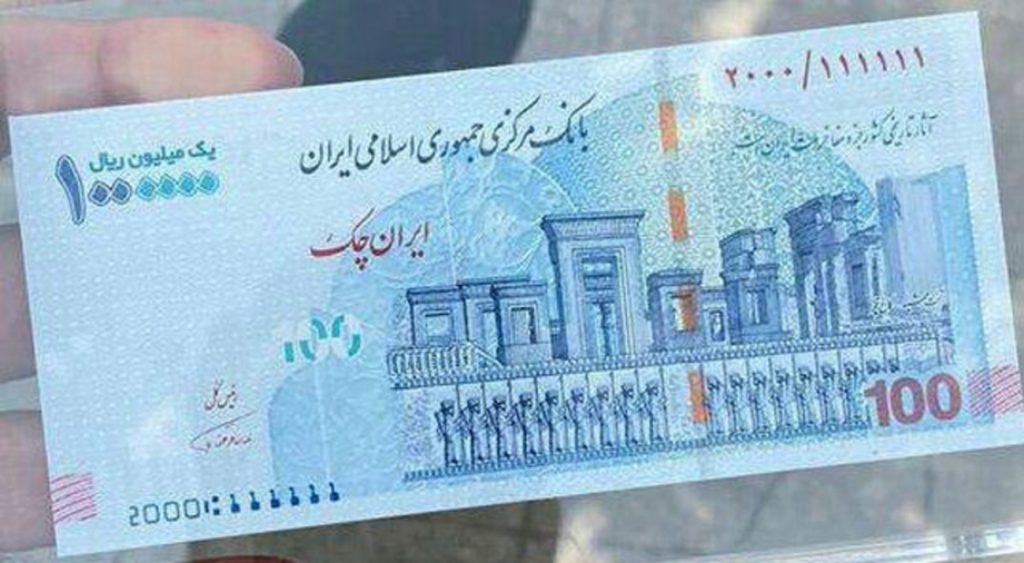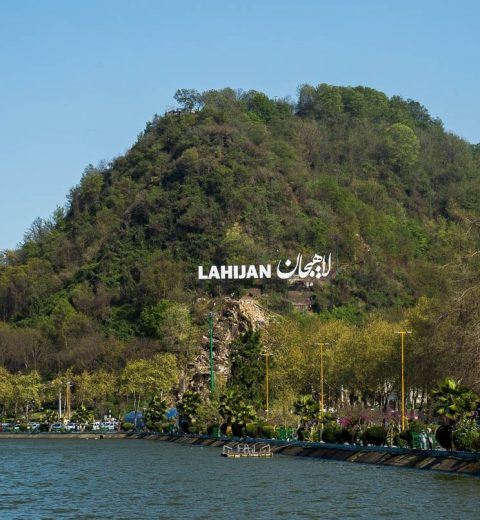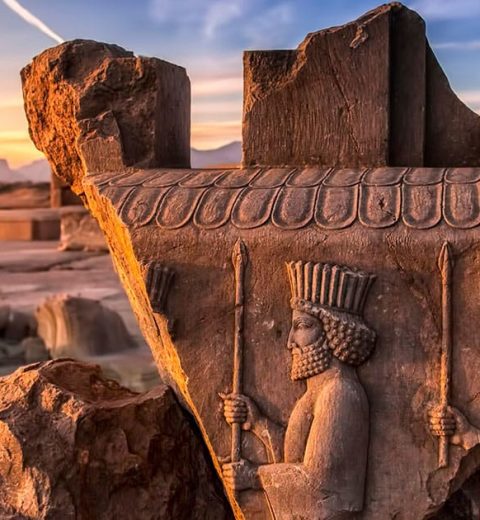The much more popular currency in Iran is Toman. This is the name of ten rials. Almost all Iranian price tags are written in Tomans. All financial negotiations are conducted in the same units. It takes some getting used to.
In the course of the substitution of prices in rials for tomans, the amount of imperceptibly increases by 10 times. The advice is simple – conduct all money negotiations in tomans.
For users of this system, this is a very confusing optionality that forces people to go through calculation processes when they encounter Rial and Toman. This becomes more of a problem when tourists are faced with the system.
The toman was the currency of Iran until 1932. It was divided into 10,000 dinars. Between 1798 and 1825, the toman was also divided into 8 rials, each of which was worth 1,250 dinars. In 1825, the kran was introduced, worth 1,000 dinars or 1 / 10th of a toman.
The term toman (or tuman) is already in use in the Safavid era. The Toman was worth 50 Abbasi (named after Shah Abbas the Great). It was rather a unit of magnitude than a true unit of currency.
In 1932, the rial replaced the toman at the rate of 1 toman = 10 rials (therefore: 1 rial = 1 kran). Although the rial is the official currency of Iran, many Iranians use the term toman in daily transactions, at the value of 1 toman = 10 rials.
In unofficial circumstances, a toman may also represent 1,000 tomans or 1,000,000 tomans as well. The order of magnitude considered depends on the context (for example a toman represents 1,000,000 toman when we talk about the price per square meter of an apartment in Tehran and 1,000 tomans when we talk about the price per kilogram of food).
In 2008, plans by the Iranian central bank were announced to carry out a currency reform and to name the new currency after the toman. The conversion should take place in a ratio of 1: 10,000. As a first step towards this currency cut, the central bank introduced two traveler checks in the summer of 2008, denominated for 500,000 and one million Iranian rials, but with the numbers “50” and “100” stamped on them. These papers, dubbed travelers checks, are used in everyday life like ordinary banknotes.
On May 4, 2020, the Iranian parliament adopts a law restoring the toman (subdivided into 100 krans) as a national currency. The value of the new toman is set at 10,000 old rials.

